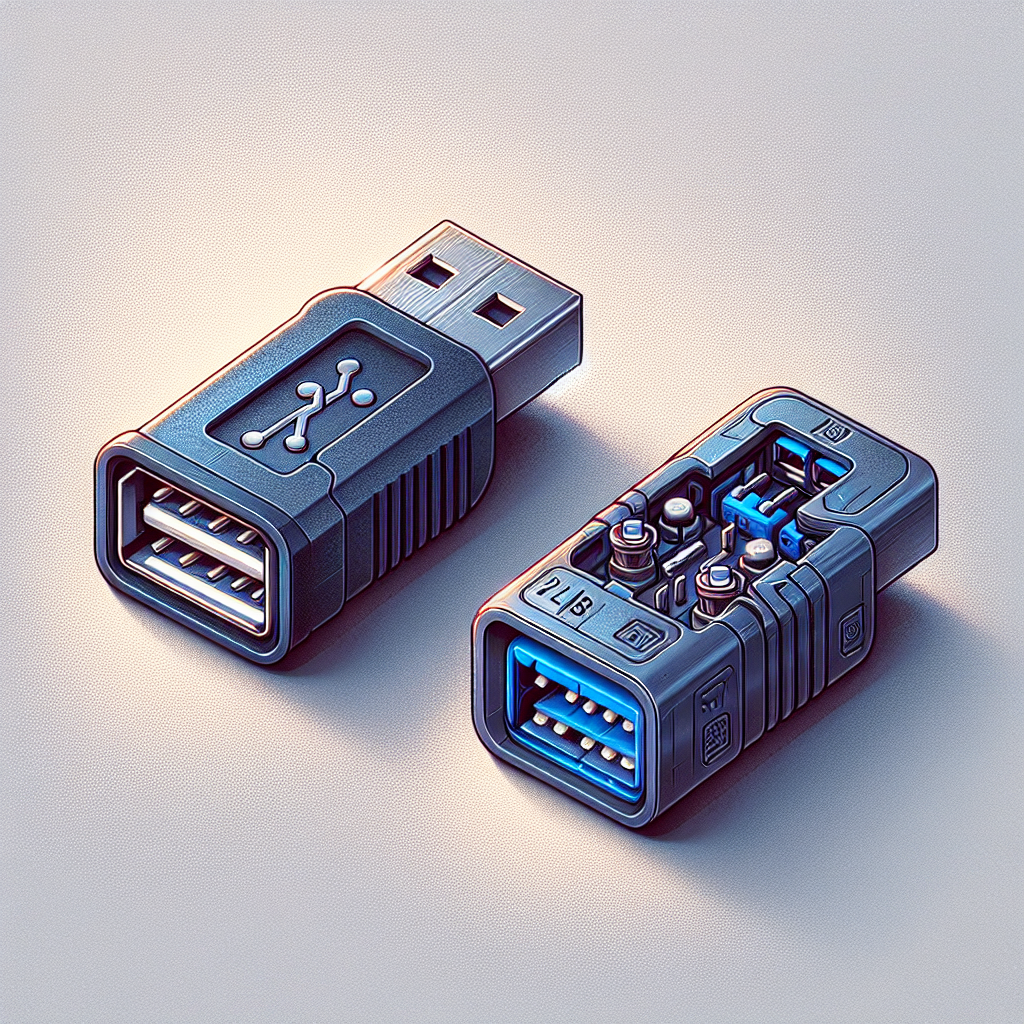Fix today. Protect forever.
Secure your devices with the #1 malware removal and protection software
In today’s technology-driven world, USB (Universal Serial Bus) ports are a common sight on nearly every electronic device, from computers to smartphones to cameras. However, not all USB ports are created equal. The two most common types of USB ports are USB 2.0 and USB 3.0, each offering different speeds and capabilities. Understanding the differences between these two types of USB ports can help you make informed decisions when it comes to connecting your devices.
One of the main differences between USB 2.0 and USB 3.0 is the speed at which data can be transferred. USB 2.0 has a maximum transfer speed of 480 megabits per second (Mbps), while USB 3.0 boasts a much faster transfer speed of up to 5 gigabits per second (Gbps). This means that USB 3.0 is significantly faster than USB 2.0 when it comes to transferring files, which can be particularly beneficial when dealing with large amounts of data.
In addition to speed, another key difference between USB 2.0 and USB 3.0 is power output. USB 2.0 ports are typically limited to providing up to 500 milliamps (mA) of power, while USB 3.0 ports can provide up to 900mA of power. This means that USB 3.0 ports are better equipped to charge devices quickly and efficiently, making them a popular choice for charging smartphones, tablets, and other devices.
Another important difference between USB 2.0 and USB 3.0 is backward compatibility. While USB 3.0 ports are designed to be compatible with USB 2.0 devices, the reverse is not always true. This means that if you have a USB 3.0 device, you can still use it with a USB 2.0 port, but you may not be able to take advantage of the faster transfer speeds that USB 3.0 offers.
Overall, understanding the differences between USB 2.0 and USB 3.0 can help you make informed decisions when it comes to connecting your devices. Whether you need faster transfer speeds, more power output, or better compatibility, knowing the capabilities of each type of USB port can help you choose the right one for your needs. So next time you’re shopping for a new device or connecting your existing devices, be sure to consider the differences between USB 2.0 and USB 3.0.
Fix today. Protect forever.
Secure your devices with the #1 malware removal and protection software

Leave a Reply
You must be logged in to post a comment.